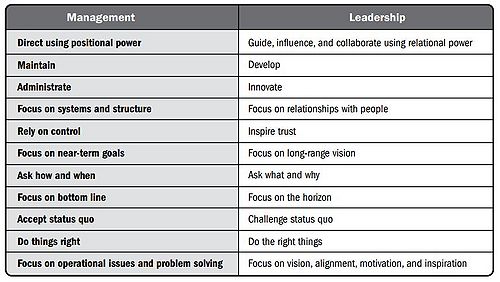Motivation through Theory X&Y from a Project Management perspective
Developed by Marie Elly Ulricke Kristensen
Contents |
Abstract
In the 1950s large-scale, complex, and interdisciplinary projects emerged. Along with the new trend in project format, new materials, procedures, and methods were developed to support the success of these [1]. Thus, paving the way for projects to be more focused on the Socio-technical aspects and the importance of soft skills [1].
As projects have continued to become more complicated, this has proven the project manager's importance in leading projects to success [2]. A project manager may have the necessary skills to guide a project team through various project stages and project life cycles, nevertheless team motivation is an essential element of a successful project [3]. Thus, making the ability to motivate a team an important leadership skill for project managers [2].
The idea that a manager’s attitude has an impact on employee motivation was initially suggested by Douglas Murray McGregor (1906-1964), a Professor of Management at the MIT Sloan School of Management in the late 1930’s and 1940’s [4]. In 1960, McGregor released the book, The Human Side of Enterprise, which proposed two theories by which mangers perceive and address employee motivation [4]. The two antagonistic motivational methods are referred to as Theory X and Theory Y and splits corporate thinking into two camps in their embodiment of attitudes and assumptions [4]. Theory X assumes individuals to require constant attention and punishment to achieve the desired outcome, whereas Theory Y assumes individuals to seek opportunities and improvement, thereby not requiring a controlling environment [5].
This article will start by introducing the relevant background to the initiation of Theory X and Theory Y, followed by an introduction to the two different motivational methods, their theoretical framework, and how this reflects in the role of a project manager. The article will then introduce the different advantages and disadvantages of each of the motivational methods from a management perspective as well as reflect on the criticism of Theory X and Theory Y. Lastly the article will reflect on the complex work environment in context to choosing a management style based on the motivational theories proposed by McGregor.
Background
Theory X
Theory X management assumes employees as individuals who:
- *Abhor work.
- *Must be compelled, controlled, and governed to obtain organizational goals.
- *Will try to avoid responsibility.
- *Favor the strict and controlled work environment.
- *Are driven by the threat of punishment and monetary means (linked to Maslow’s lower-level needs and the need for safety).
McGregor argued the conventional management approach behind Theory X to be based on three crucial proposals:
- *Management is responsible for organizing the elements of productive enterprise-money, materials, equipment, and people-in the interests of economic ends (relate to the PMI Talent Triangle and the sections: Strategic and Business Management skills, ALSO comment that this is the same as Theory Y).
- *With respect to people, this is a process of directing their efforts, motivating them, controlling their actions, and modifying their behavior to fit the needs of the organization (relate to the PMI Talent Triangle and the sections: Strategic and Business Management skills).
- *Without this active intervention by management, people would be passive-even resistant-to organizational needs. They must therefore be persuaded, rewarded, punished, and controlled. Their activities must be directed. Management's task is thus simply getting things done through other people.
Hard and Soft Approach
Criticism of Theory X
Theory Y
Management Implications
Criticism of Theory Y
Management roles and responsibilities

Advantages
Disadvantages
Choosing a management style
Limitations
Annotated figures and tables
The following list provides sources for used figures and tables in this article:
- Last name, First name (Year): Title
- - Comment.
Annotated bibliography
The following list provides resources for further research and study on Theory X and Y:
- Last name, First name (Year): Title
- - Comment.
References
- ↑ 1.0 1.1 Zûst, R. & Troxler, P. (2006). Communication. No More Muddling Through – Master Compelx Projects in Engineering and Management. Published by Springer Netherlands. ISBN: 978-1-4020-5018-3.
- ↑ 2.0 2.1 2.2 Project Management Institute, Inc.. (2017). Guide to the Project Management Body of Knowledge (PMBOK® Guide) (6th Edition). Project Management Institute, Inc. (PMI). Retrieved from: https://app.knovel.com/hotlink/toc/id:kpGPMBKP02/guide-project-management/guide-project-management.
- ↑ Schmid, B., Adams, J. Motivation in Project Management: The Project Manager’s Perspective. [1]. Project Management Journal. Issue published: June 1, 2008. Volume: 39, issue: 2, p. 60-71.
- ↑ 4.0 4.1 4.2 MIT Institute for Work and Employment Research: Douglas M. McGregor. [2]. Accessed 13-02-2021.
- ↑ Peterson, T. M. Motivation: How to Increase Project Team Performance. [3]. Project Management Journal. Issue published: December 1, 2007. Volume: 38, issue: 4, p. 60-69